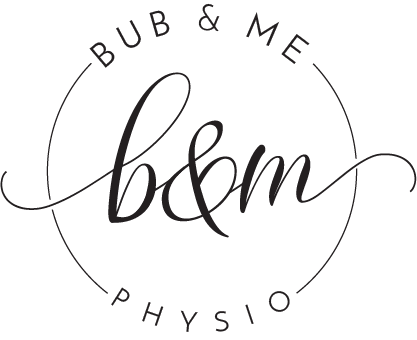Pre-eclampsia
What is Pre-eclampsia?
Pre-eclampsia is a common yet serious medical condition occurring in pregnancy, which causes a number of complications for both mother and baby. Symptoms are not always obvious however, the main features involve high blood pressure and protein in the urine. Pre-eclampsia affects one in ten pregnancies and is more common during the first pregnancy.
What are the symptoms and signs of mild Pre-eclampsia?
Blood pressure of 160/110 mmHg or higher in more than one reading separated by at least six hours
Protein in the urine
OR
Blood pressure of 140/90 mmHg or higher and symptoms or signs of ongoing damage to internal organs, such as:
Severe headache
Significant or sudden swelling in the hands, face or feet
Dizziness
Changes in vision/ blurred vision
Reduced urine output
Abdominal pain
Fluid in the lungs/ Difficulty breathing
Pelvic pain
What is HELLP syndrome?
HELLP syndrome is a life-threatening pregnancy complication usually considered to be a variant of preeclampsia. It is characterised by:
Haemolysis
Elevated Liver enzymes (indicating ongoing liver cell damage)
Low Platelets (cells that help the blood to clot)
HELLP occurs in about 10% of patients with severe preeclampsia.
What causes Pre-eclampsia?
The cause of pre-eclampsia is unclear. While swelling, weight gain and headaches can sometimes be present in pregnant women without pre-eclampsia, these are often a warning sign that you may be developing the condition. It is extremely important that you do not miss any antenatal appointments where early signs of pre-eclampsia may be identified.
How can pre-eclampsia affect the mother and baby?
Pre-eclampsia causes placental abnormalities, which later affect blood supply and other organs. Arteries tighten leading to high blood pressure. They can also become leaky, allowing protein and fluid to seep through their walls, which causes tissues to swell. Due to arterial changes, blood supply can be decreased to the placenta, baby and the woman’s liver, kidneys and other organs. When blood supply is compromised to the baby, it limits the delivery of nutrients and oxygen, reducing the ability of the baby to grow.
For most women, the condition remains mild however, there are some cases which are more serious such as those diagnosed with HELLP syndrome (see above) or Eclampsia (seizures).
Treatment
Unfortunately, there is no cure for pre-eclampsia. If you remain pregnant, drugs may be used to control your blood pressure and prevent convulsions. If your pre-eclampsia becomes severe, the cure is to deliver the baby and placenta. If this occurs early in the second half of pregnancy it puts baby at risk of complications of extreme prematurity.
Subsequent pregnancies
The risk of pre-eclampsia recurring in subsequent pregnancies is usually small. This risk is increased however in women with chronic medical disorders such as essential hypertension (high blood pressure), kidney disease, diabetes, or lupus.
If you think you may be experiencing signs of pre-eclampsia, contact your doctor and go straight to the emergency department for assessment.


